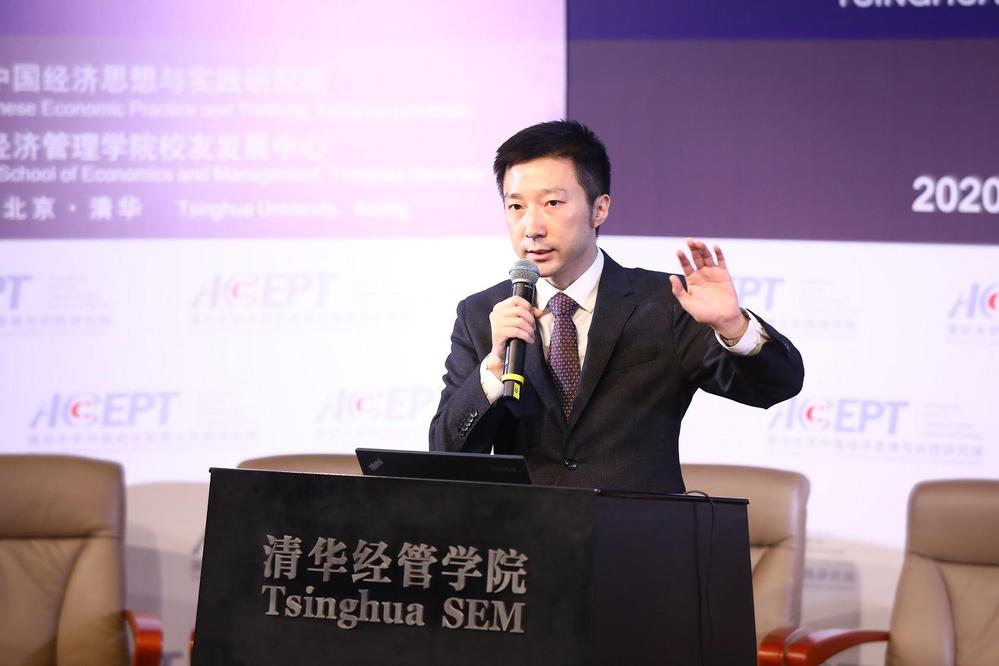Li Ke’aobo: Finding Certain Business Opportunities in an Uncertain Economy
Summary of a speech delivered at the 2020 Harvard Business Review New Growth Conference. Originally published in Chinese on March 19, 2021 by the Harvard Business Review China New Growth School official WeChat account. Translated by ACCEPT.
Source: https://mp.weixin.qq.com/s/WgiSpULoeS5qE_kYrIq90w

The outbreak of COVID-19 in 2020 enveloped people around the world in panic. The pandemic has brought changes to various countries worldwide and to each of our lives. Of course, the business world has not been immune to these effects. In fact, the last time something like this happened was 100 years ago, during the Spanish Flu Pandemic. When we look back and take stock of these two pandemics, what do they have in common?
This speech contains wonderful insights from Li Ke’aobo, Executive Deputy Director of Tsinghua University’s Academic Center for Chinese Economic Practice and Thinking (ACCEPT), as presented at the 2020 Harvard Business Review New Growth Conference. He analyzes these two global health crises from an economic perspective, glimpsing the transformations and opportunities of a post-pandemic world despite the prevailing pessimism of the time.
He points out that despite the many uncertainties we face now and in the future, three factors can keep us optimistic.
The first is that policies to promote economic growth will be relatively accommodative for a considerable period of time after the pandemic.
The second is that the suppressed demand will certainly eventually be released.
The third is that we have caught up with an important time in technological development.
He believes that new opportunities for future business transformations lie in:
First, the digital economy. The interconnection of all things brought about by 5G will tremendously alter our lives.
Second, the geographical economy. We must realize a large-scale population redistribution. We will need to overcome many constraints in order to accomplish this, such as household registration obstacles and binding production factors.
Third, the green economy. China will achieve peak carbon emissions by 2030 and carbon neutrality by 2060. Behind this accomplishment will be the reconstruction of every industry—science and technology, energy structure, and finance will all change in every aspect.




